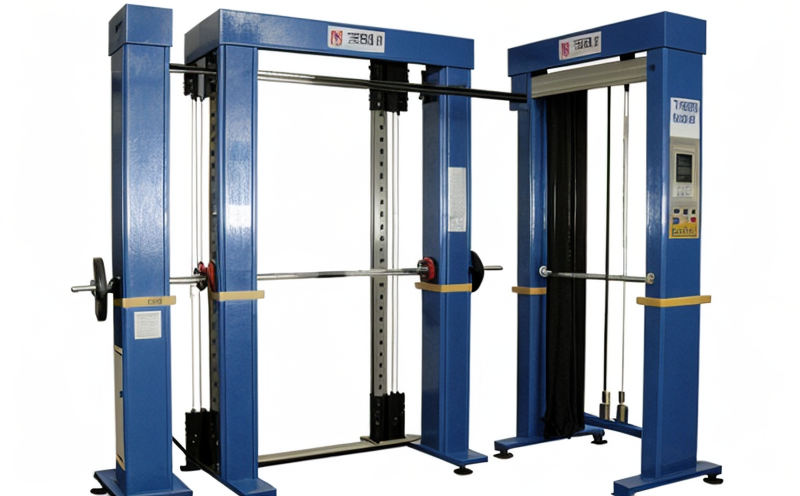UNI EN ISO 7211-3 Textiles Determination of mass per unit length
The UNI EN ISO 7211-3 standard is a critical method for the determination of mass per unit length in textiles. This measurement is essential for quality assurance, compliance with international standards, and ensuring product consistency across various sectors including apparel, automotive, and industrial fabrics.
The procedure outlined in this standard involves the use of specific apparatus designed to measure the linear density or mass per unit length (m/L) of yarns, threads, or fibers. This value is a key parameter that helps in assessing the quality and performance characteristics of textile materials. It plays a crucial role in ensuring that products meet specified performance criteria such as durability, strength, and suitability for their intended applications.
The testing process typically begins with selecting appropriate specimens according to the type of material being evaluated. These specimens should be representative samples of the batch or production run from which they are taken. Proper sampling is vital because it ensures that the results obtained reflect accurately the characteristics of the entire lot of materials. Once selected, these specimens undergo preparation steps tailored to their specific properties and intended use.
The UNI EN ISO 7211-3 method specifies precise procedures for measuring both dry weight and wet weight if necessary. Dry weights are usually measured at room temperature after equilibrating the samples in a controlled environment for an appropriate period. Wet weights can be determined by immersing the sample in water under specified conditions before drying it again according to standard protocols.
Accurate measurement of mass per unit length is achieved using calibrated instruments capable of providing repeatable and reliable readings. These devices may include electronic balances or micrometer calipers depending on the precision required for different types of materials being tested.
The results from these measurements are then used to calculate the linear density values which provide insights into how strong and flexible the fibers or threads are likely to be when incorporated into larger structures like fabrics. Understanding these properties is important not only for manufacturing purposes but also for predicting potential issues during processing stages such as weaving or knitting.
By adhering strictly to UNI EN ISO 7211-3 guidelines, laboratories can produce accurate and consistent data that contribute significantly towards maintaining high standards of product quality within the textile industry. This approach helps manufacturers ensure they meet customer expectations while complying with regulatory requirements set forth by various bodies worldwide.
Applied Standards
The UNI EN ISO 7211-3 standard is primarily applicable in industries where precise measurement of mass per unit length is required for quality control and compliance purposes. Some key sectors include:
- Apparel manufacturing
- Automotive materials suppliers
- Industrial fabric producers
The standards ensure consistency across different batches or production runs, allowing companies to maintain uniform product quality. Compliance with these specifications is often a prerequisite for selling goods internationally.
Scope and Methodology
This section will explore the scope of UNI EN ISO 7211-3 as well as the detailed steps involved in carrying out this test.
- Scope: The standard covers methods for determining mass per unit length for textile fibers, yarns, and threads. It specifies equipment requirements, sample preparation procedures, measurement techniques, and calculation formulas used to derive final results.
- Methodology: Specimens are prepared according to the specified dimensions given in the standard. They must be representative of the batch or production run from which they were taken. After preparing the samples correctly, the next step involves measuring their mass accurately using calibrated instruments like electronic balances or micrometers.
The resulting values represent the linear density or mass per unit length (m/L) of the material being tested. These figures play a pivotal role in assessing the quality attributes that will influence the overall performance and durability of textile products.
Use Cases and Application Examples
| Application Area | Description |
|---|---|
| Aerospace Fabric Manufacturing | Ensuring that parachutes and other critical components have the correct tensile strength. |
| Clothing Production | Selecting suitable materials for creating garments with desired comfort levels. |
- Automotive Upholstery
- Medical Device Packaging
The accurate determination of mass per unit length is essential in all these areas to ensure optimal performance and reliability of the final products.





